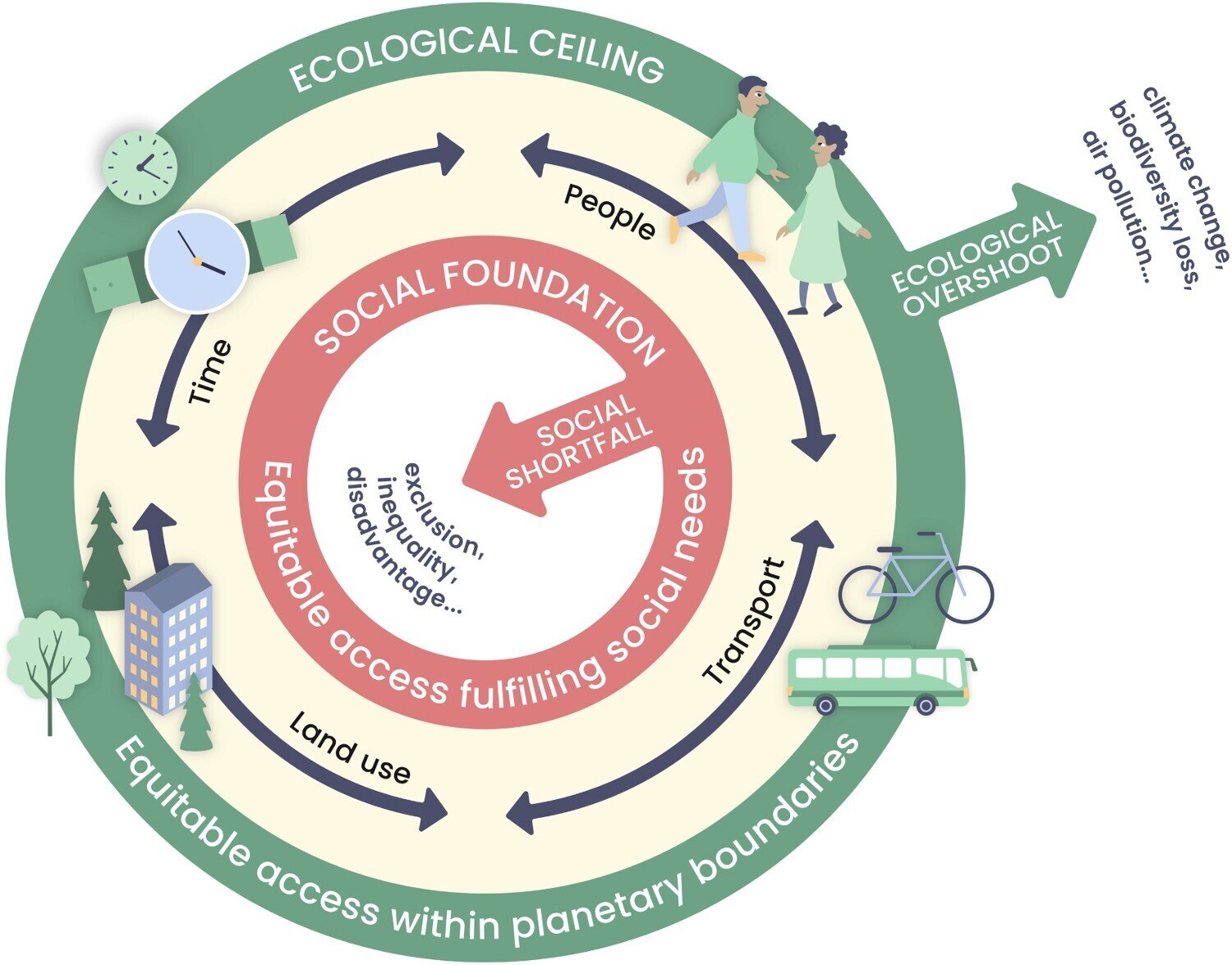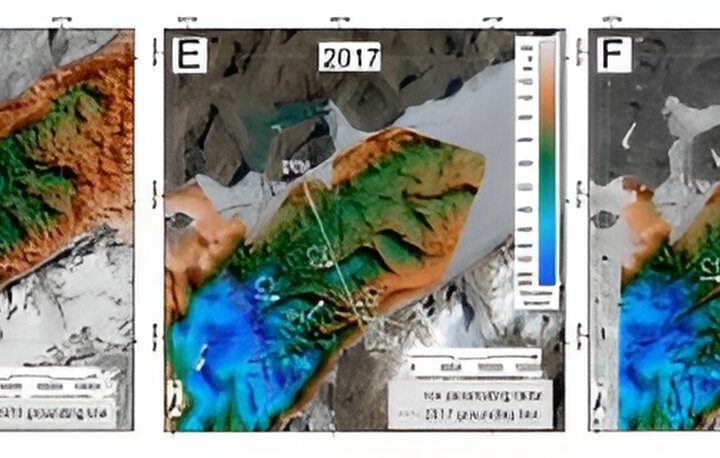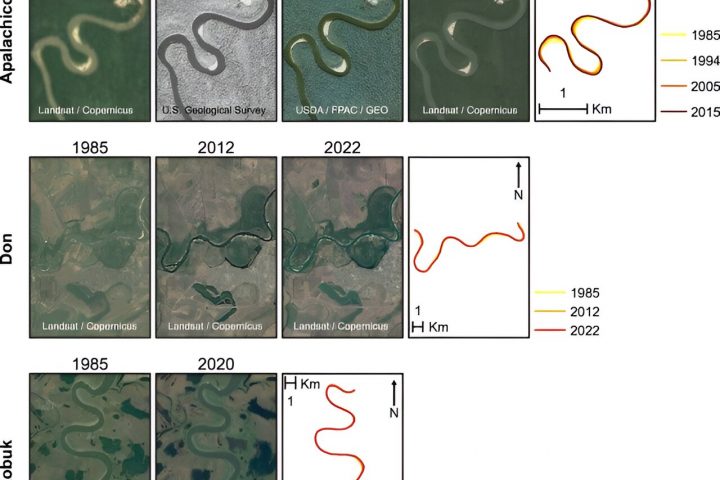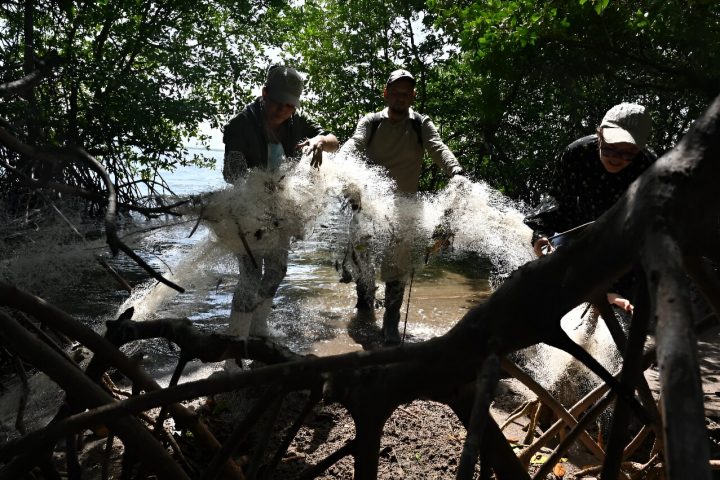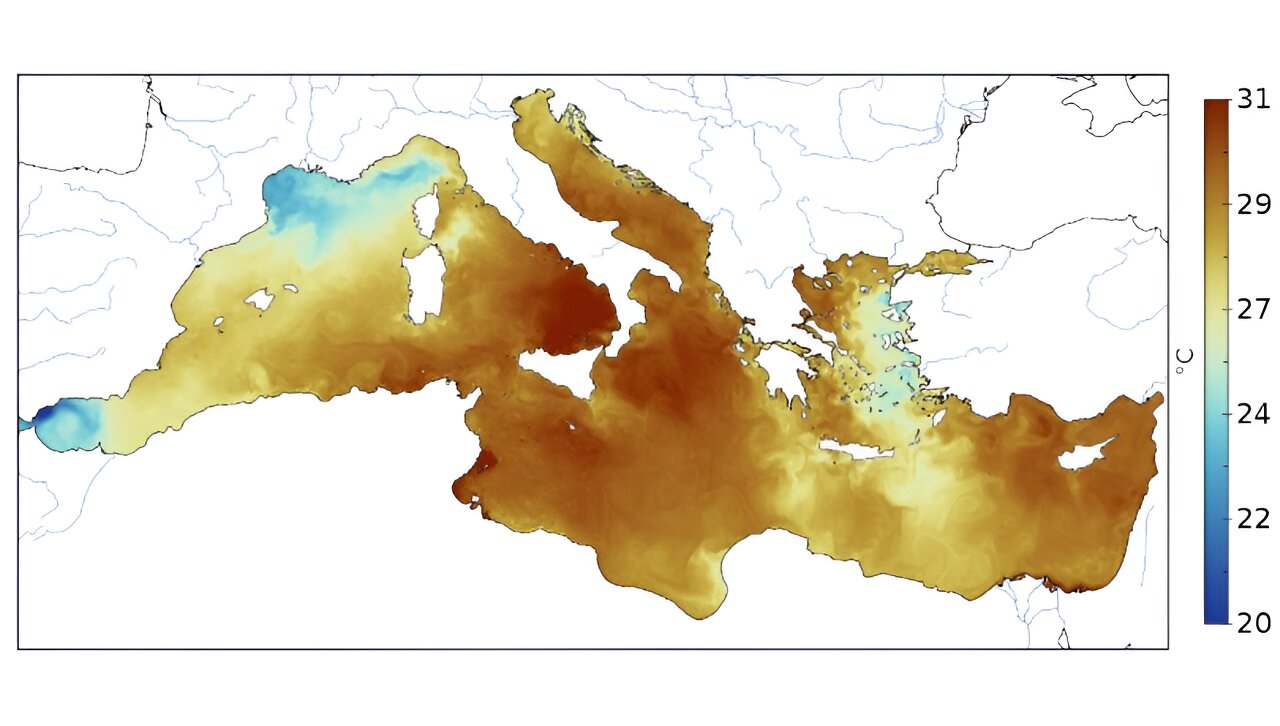A groundbreaking scientific article, conducted by a team of Finnish and international researchers, reveals how the doughnut model can revolutionize the transport industry.
Transportation plays a vital role in our lives, enabling us to meet our basic needs while also contributing to carbon emissions and environmental burdens in cities. However, a new study focuses on promoting ways to measure and understand the accessibility of different areas, aiming to find sustainable solutions.
“The doughnut model, developed by economist Kate Raworth, aims to provide the basic conditions for a good life for everyone without exceeding environmental boundaries,” explains postdoctoral researcher Elias Willberg from the Department of Geography, who led the research. “We believe this model should also be applied to the transport sector, where reducing emissions has been a challenge. The current extreme weather events around the world highlight the urgent need for a change in mindset and action.”
The study, published in Transport Reviews, was led by Finnish researchers from the Digital Geography Lab of the University of Helsinki and Aalto University.
Addressing the Challenges
One of the central challenges in accessibility research is the narrow focus on either social or environmental concerns. This often leads to recommendations that only consider one perspective. For example, investing in private cars may improve accessibility but also increase the unsustainable burden on the environment. On the other hand, promoting sustainable modes of transport like walking and cycling without considering social dimensions may only benefit the well-off. To overcome these challenges, the study emphasizes the need to broaden the metrics used to measure accessibility.
Improving Accessibility and Reducing Emissions
The debate around transport sustainability often reveals conflicts between environmental and social goals. Measures to reduce transport emissions face opposition in areas with limited alternative means of accessibility. Professor Tuuli Toivonen, leader of the Digital Geography Lab at the University of Helsinki, explains, “Improving spatial accessibility can be challenging when environmental and social goals clash. Planners and decision-makers need better information and metrics to determine if it’s possible to improve accessibility while simultaneously reducing emissions, and how to achieve this.” The study highlights the importance of making research findings and tools available to society to support informed decision-making.
